In a digital age where most people can’t name a single living poet, it’s hard to imagine a time when poets were the true celebrities of society. But in the 19th century, Henry Wadsworth Longfellow wasn’t just a man with a pen—he was a literary giant, a cultural icon, and a national treasure.
So, when a man walked into a Las Vegas pawn shop carrying a framed letter and photograph of Longfellow that he bought for $20 at an auction in the 1970s, he had no idea just how valuable his decades-old find might be.
“It was in a pile of stuff that looked like junk,” he explained. “I just thought it was cool. My kids don’t care about it, so I figured I’d see what it might be worth.”
As it turns out, it was worth quite a bit more than twenty bucks.
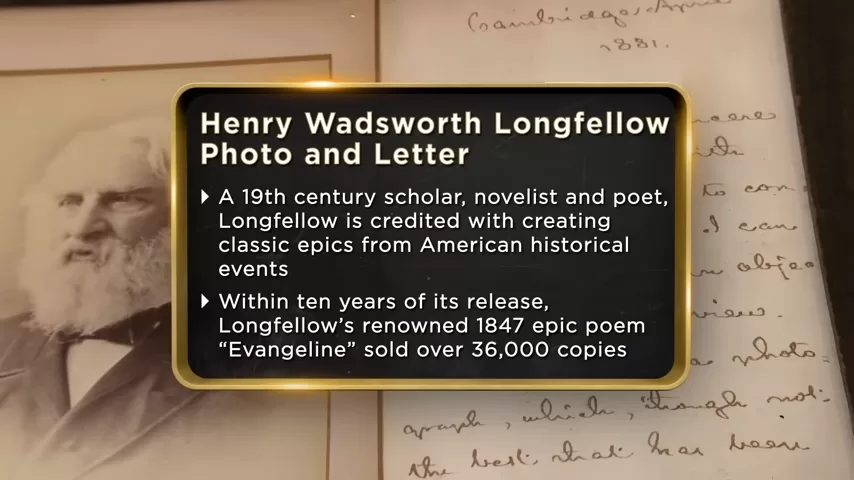
Who Was Henry Wadsworth Longfellow?
To understand the significance of this item, you need to understand the man behind the signature. Longfellow wasn’t just any poet. He was the most celebrated poet in America during the 19th century.
He wrote works like “The Song of Hiawatha,” “Evangeline,” and the iconic “Paul Revere’s Ride,” which helped cement American history into poetic legend. Nearly every American schoolchild knew his verses. He was the first American to be honored with a memorial in Poets’ Corner at Westminster Abbey, a spot usually reserved for the greatest literary figures in British history.
That a young nation like the U.S. could place one of its own among Shakespeare and Chaucer? That’s how big Longfellow was.
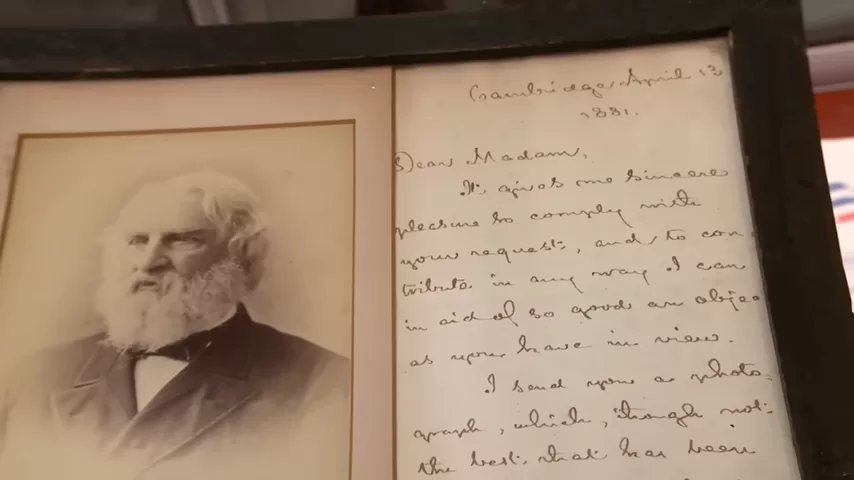
A Letter to a Stranger—Now a Link to History
The letter wasn’t a poem, but it was personal. Written in 1881, shortly before Longfellow’s death, it was addressed to a woman who had written him requesting a photograph and autograph—likely for display at a local fair.
“He was just trying to help out, sending what she asked to raise a little money for the fair,” the seller explained.
A glimpse into a different time. A time when literary figures like Longfellow would receive hundreds of letters, and when his autograph carried not only value, but deep cultural resonance.
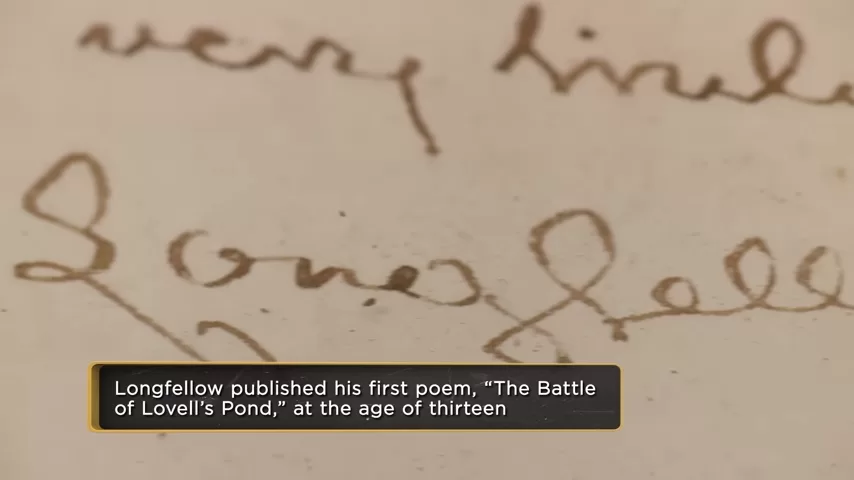
Is It Real? The Ink Tells the Tale
Before making any offers, the shop brought in Steve Grad, a renowned handwriting expert. His job? To determine whether the letter was authentic or just an old facsimile.
Steve analyzed the ink, noting how the writing faded naturally, consistent with the flow of a quill pen running out of ink. That was an important sign—modern pens don’t behave that way.
“It starts strong, then fades a bit—that’s exactly what we want to see,” Steve explained. “And the ink’s adhesion to the paper is right for the time period.”
Then came a comparison with known examples of Longfellow’s signature. The style, letter forms, and flow all matched.
“There’s no doubt about it,” Steve confirmed. “This is a genuine Longfellow signature. It’s live ink, not a print. It’s legit.”
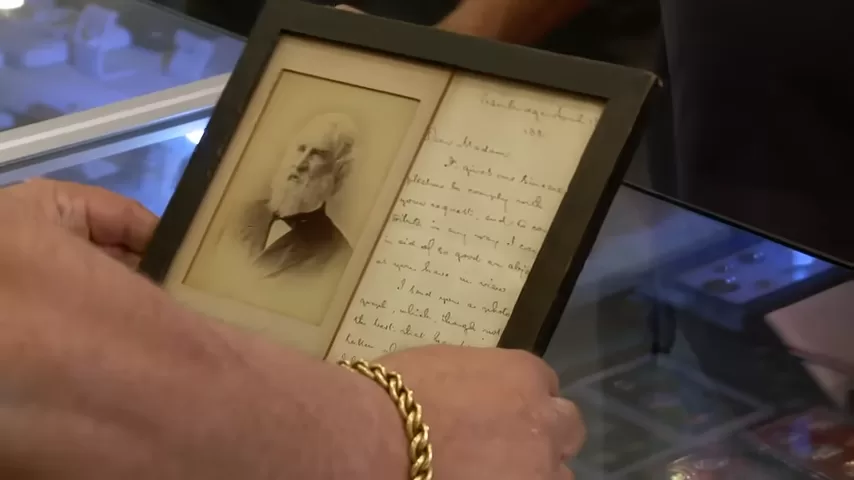
What’s It Worth? A Lot More Than $20
Factoring in the signature, the historical context, the preserved condition, and even the framed photograph, Steve estimated the piece to be worth around $1,500.
“It’s a great example,” he said. “You’ve got a rare, signed letter, likely personally written by Longfellow, and it’s still beautifully framed with his photo. There’s a lot of crossover appeal here—for autograph collectors, literary fans, and even historical museums.”
Suddenly, the $20 auction find from decades ago wasn’t just sentimental—it was profitable.

The Negotiation: Poetry in Motion
The seller originally hoped for $300, which already would’ve been a 15x return on his investment. But with the expert appraisal in hand, he raised his sights.
“Now I know more than I did before,” he said with a grin. “I’d like to see $900.”
The shop owner countered with $700—more than double the seller’s original ask, and a fair price considering the resale and holding risks.
“You walked in wanting $300,” the shopkeeper pointed out. “I got your piece authenticated, and now I’m offering you more than double that.”
After a moment of thought—and maybe some inner poetic reflection—the seller accepted the deal.
“Seven hundred isn’t nine hundred,” he said, “but it’s a whole lot more than three hundred.”
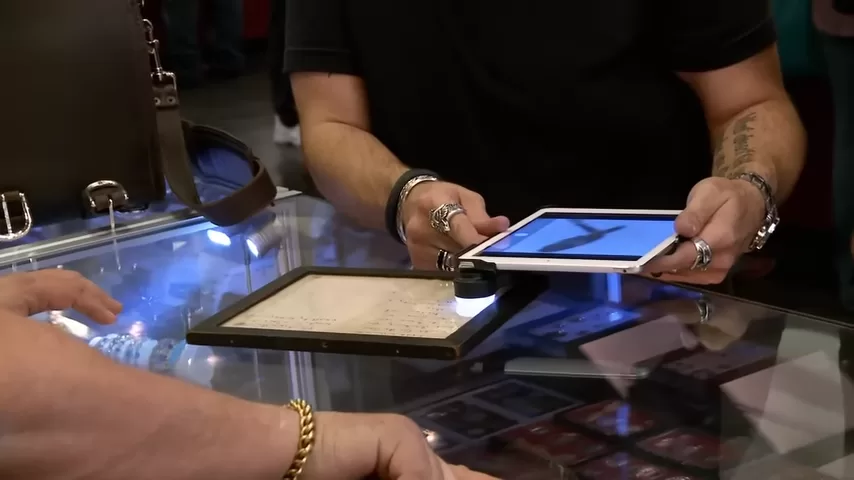
A Legacy in Ink
This piece was more than just old paper. It was a physical link to a cultural moment when poetry was as big as cinema is today. Longfellow’s words shaped generations, and his signature—offered generously to a stranger for a local fair—remains a tangible trace of that influence.
And now, thanks to a lucky auction find and a little curiosity, that signature lives on—not just behind glass, but in the imagination of anyone who still values the power of the written word.

Final Thought
In the end, it’s not just about the money. It’s about rediscovering stories, unlocking forgotten chapters, and realizing that even buried in boxes or hung on a dusty wall, history is still alive—and worth something.
“I might go back home and dig through the closets again,” the seller laughed. “See what else I can find.”
And who knows? Maybe tucked between old books and memories, there’s another piece of the past waiting to be rediscovered.



